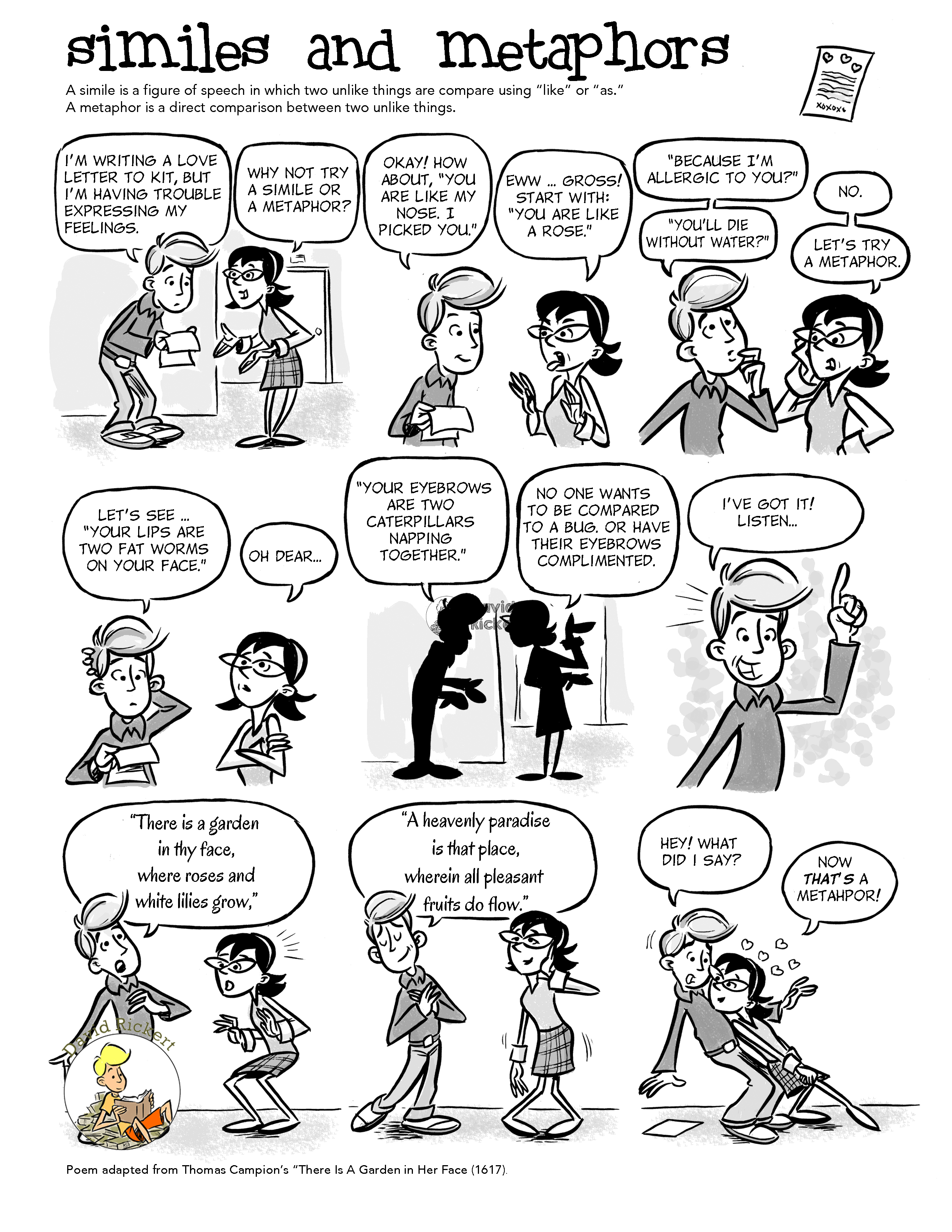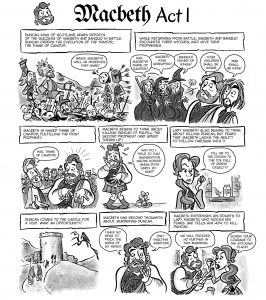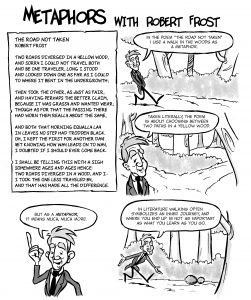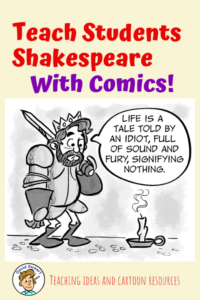
My students struggle with topic sentences. It’s something we always want to get better at because nothing improves their writing faster than crafting topic sentences that guide the reader through their writing.
Students typically have one of the following problems with their topic sentences when writing about literature.
- They don’t have one at all. They discuss a topic but don’t have a topic sentence that tells the reader what point they are making.
- They start a paragraph with a fact, not a claim. When they do this, they tell what happens in the story, but haven’t given themselves something they have to support with details.
- They stray from their topic sentence. While this could be an organization problem in which students don’t stick with the topic of their choice, it could also be that the topic sentence doesn’t adequately reflect what the paragraph is about.
When I notice that my students are having problems with their topic sentences, I know it’s time to practice writing them. Here’s how I do it.
Start with a passage.
I choose a short passage from a novel or short story that we’re reading. For example, when we read Their Eyes Were Watching God I choose this section from the opening chapter:
The people all saw her come because it was sundown. The sun was gone, but he had left his footprints in the sky. It was the time for sitting on porches beside the road. It was the time to hear things and talk. These sitters had been tongueless, earless, eyeless conveniences all day long. Mules and other brutes had occupied their skins. But now, the sun and the bossman were gone, so the skins felt powerful and human. They became lords of sounds and lesser things. They passed nations through their mouths. They sat in judgment.
Seeing the woman as she was made them remember the envy they had stored up from other times. So they chewed up the back parts of their minds and swallowed with relish. They made burning statements with questions, and killing tools out of laughs. It was mass cruelty. A mood come alive. Words walking without masters; walking altogether like harmony in a song.
Because this passage is mostly metaphors, we start there. They divide sheet a paper in half. On the left side they list the metaphors, such as “they passed nations through their mouths.” On the right side they tell what the metaphors mean – both the literal meaning (they talk about a lot) and why it is significant (their gossip is an important part of their day.) If the passage I chose doesn’t have a lot of difficult language, I have them list the important details.
Making a claim.
Now that we have closely examined the passage, we can move on to creating a topic sentence. Our goal is to create a topic sentence that requires us to support it with evidence. And we want our topic sentence to account for as many details in the paragraphs as we can. This is a hard step for most students, but it’s where the good work occurs in building good topic sentences.
For example, we might list these details from the passage: They sat in judgment; the envy they had stored up from other times; burning statements with questions; killing tools out of laughs; mass cruelty. Then we can make the claim that the talk on the porch is critical of others, or judgmental towards the woman who appears at the beginning of the second paragraph. We might also make the interpretive leap that since they have spent all day working submissively for other people, that their gossip makes them feel powerful. There are several ways to create an effective topic sentence. At this point, we want to see students creating topics sentences that make the rest of the paragraph easy to write because all of the details fall into place.
A common problem at this step is that students will pick a topic sentence that can only be supported by one or two details. In this case, they need to revise their topic sentence to be broader.
Approaches
I tend to choose short paragraphs like the passage above because they don’t take long to read and allow students to craft a topic sentence with a manageable amount of details. So here are some approaches to take:
- Choose a passage in which a character is described. Ask students what is revealed about that character.
- Choose a passage that describes the setting. Ask students what is revealed about the setting that’s important. What does the author want us to know about where the story occurs beyond just the time and place?
- Choose a dream sequence. What about the dream is important?
- Choose a passage in which a character is engaged in self-reflection. What does he or she discover?
Finally…
A good way to frame the importance of topic sentences to students is to tell them that anyone who reads ONLY their topic sentences in a piece of writing should be able to trace their line of thinking. And at the beginning of the year when we are really working on topic sentences I might only evaluate their ability to construct them and downplay everything else. We want writing that is clear, concise, and organized. Students might have good points, but they can get lost in the writing if topic sentences aren’t there to guide them.
Learning should be fun! Check out my Teachers Pay Teachers store for fun resources like the ones you see below.







